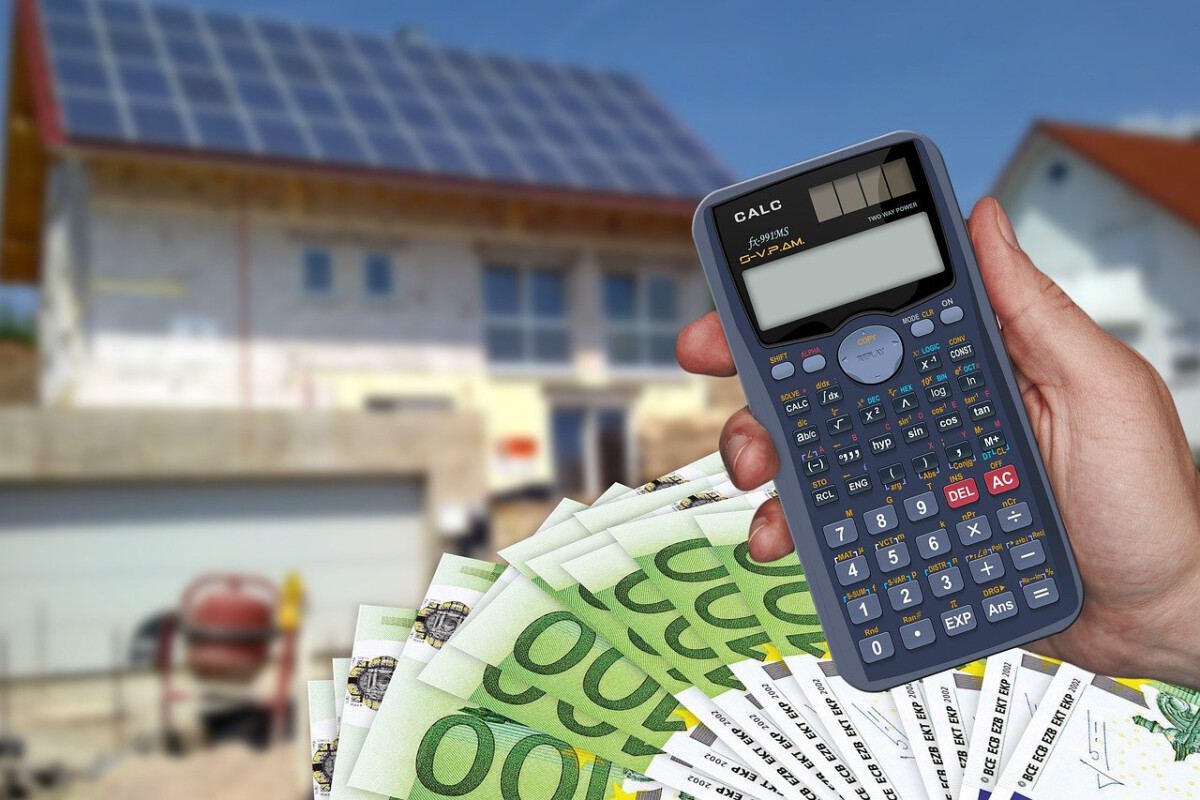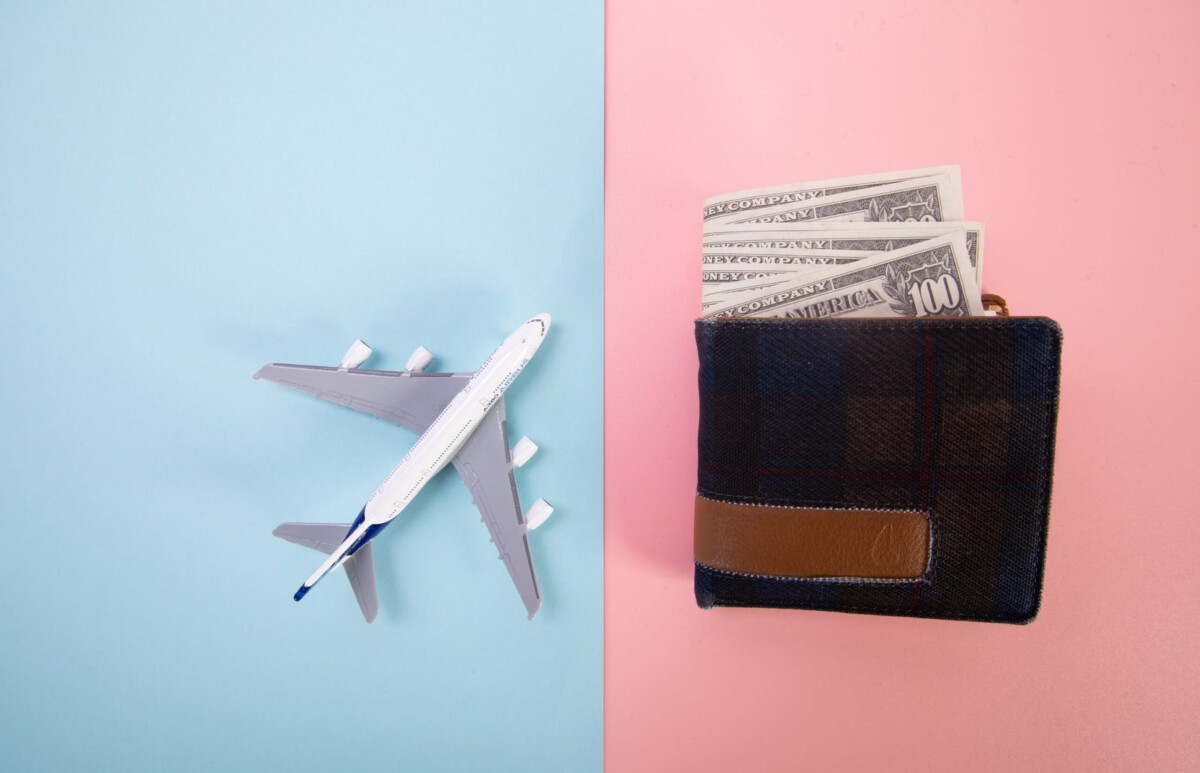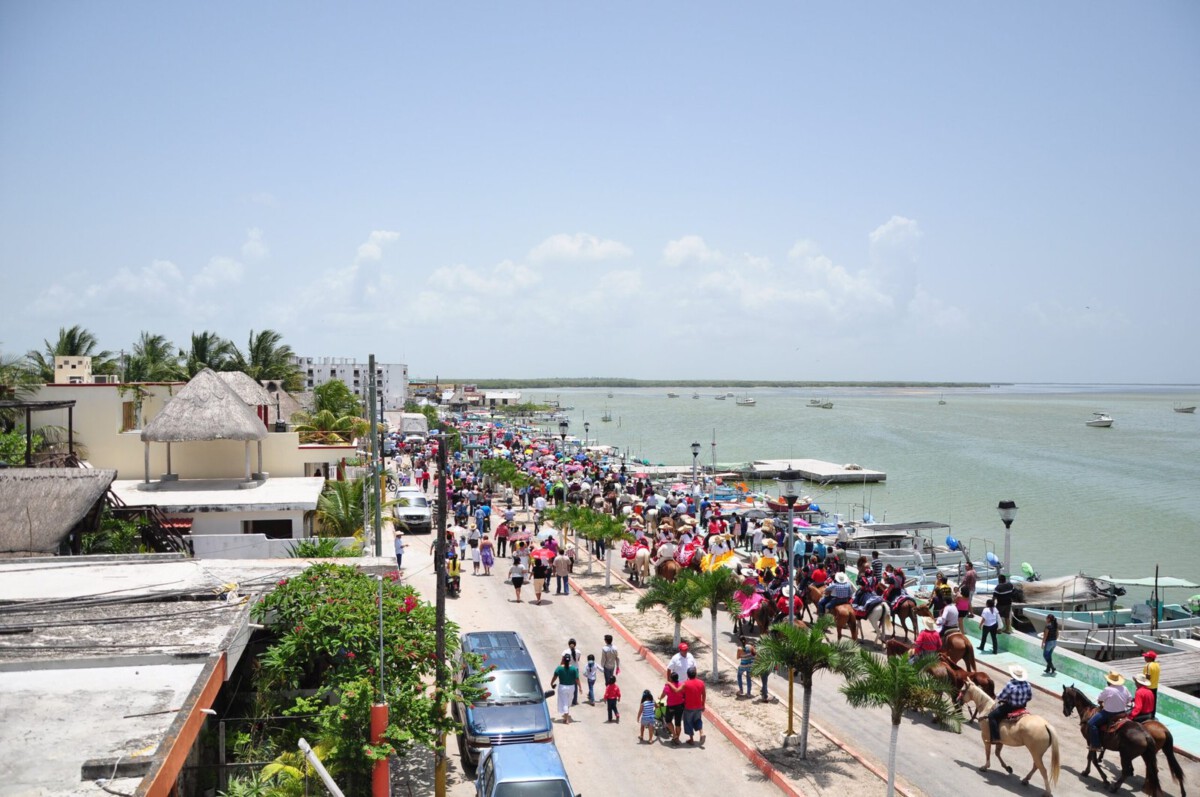Tariffs: The Hidden Price Tag on Travel

Imagine booking your dream vacation to Paris only to discover that your dollar doesn’t stretch as far as it once did. Over the past years, the Trump administration’s aggressive tariff policies put a surprising extra cost on nearly every part of a European trip for Americans. These tariffs, averaging a 25% increase according to U.S. Census Bureau data, were originally meant to protect American industry. But for travelers, the effects are felt in their wallets. The extra costs sneak in everywhere—from the morning croissant to the glass of Italian wine at dinner. Americans are finding that what used to be a splurge now feels almost out of reach. Suddenly, that European adventure seems a lot less affordable and a lot more stressful.
The Price of Iconic European Goods

Walking through a bustling market in Florence or a cozy Parisian shop used to be a highlight for many Americans abroad. Now, thanks to tariffs, those famous European goods—like French cheese, Italian olive oil, and Spanish wine—come with a bigger price tag. For example, where a bottle of Bordeaux might have cost $15 before, it now goes for $20 or more in U.S. stores, and European vendors adjust their prices too, knowing Americans are more hesitant to buy. This change makes travelers second-guess purchases that used to be no-brainers. The joy of bringing home a taste of Europe is fading, replaced by sticker shock and disappointment. These tariffs have turned simple pleasures into costly indulgences, dampening the overall travel experience.
Soaring Airfare and Accommodation Prices

Getting to Europe has also become a pricier journey. The International Air Transport Association (IATA) reports that airfare to Europe has risen by around 10% since 2018. Airlines cite increased costs from tariffs on aircraft parts and fuel, which are passed directly to consumers. Hotels and Airbnb hosts in major cities like Rome and Barcelona have also raised their rates, anticipating fewer but wealthier American visitors. For families or younger travelers, these extra costs can mean cutting trips short or skipping Europe altogether. It’s not just about spending more once you arrive—simply getting there is now a financial hurdle. Every aspect of the trip is affected, forcing travelers to think twice before making plans.
European Businesses Feel the Squeeze

The effects of these tariffs ripple back to European businesses as well. Many hotels, restaurants, and shops depend on American tourists for a large share of their income. A recent survey from the European Travel Commission shows that 40% of European businesses have seen a noticeable drop in American spending since tariffs were introduced. Boutique owners in Paris lament empty aisles where Americans once browsed lavishly. Waiters in Rome notice fewer generous tips, and hotel managers in Barcelona see more empty rooms. The decline in tourist dollars forces businesses to cut costs, sometimes leading to layoffs or reduced services. The economic impact is real and deeply felt on both sides of the Atlantic.
Tourism Hotspots Lose Their Shine

Cities that once buzzed with American visitors are feeling the pinch. Paris, Rome, and Barcelona have all reported lower rates of U.S. tourism, especially during peak travel seasons. Local guides and taxi drivers share stories of shorter lines but emptier wallets. Tour operators have had to cancel group tours or scale back, citing dwindling demand from across the ocean. Museums and historical sites see fewer American families, and the atmosphere of international excitement feels diminished. These cities, long reliant on the spending power of American travelers, now face a more uncertain future. The energy and vibrancy created by global visitors are harder to sustain as affordability wanes.
Retaliation: The European Counterpunch

European governments haven’t just stood by. The European Union has responded with its own set of tariffs on American products—everything from Harley-Davidson motorcycles to Kentucky bourbon. These countermeasures aim to even the playing field, but they risk escalating tensions and sparking a larger trade war. European leaders warn that continued tit-for-tat tariffs could lead to even higher prices for everyone involved. Some fear a chilling effect on cross-Atlantic commerce and travel. The back-and-forth between governments has left ordinary travelers caught in the middle, bearing the brunt of political maneuvering. Both sides watch anxiously for signs of compromise, but for now, uncertainty reigns.
Long-Term Effects on U.S.-Europe Relations

Tariffs may seem like a short-term fix for trade imbalances, but their effects linger. Experts caution that prolonged tariffs could permanently alter the relationship between the U.S. and Europe. Trust in open markets has eroded, and both sides are exploring new trade partners. American travelers might find themselves less welcome or simply priced out in the future. The decrease in cultural exchange is already felt, as fewer Americans experience European art, food, and history firsthand. If the barriers remain, future generations could grow up disconnected from the rich tapestry of European culture. The consequences of these policies reach far beyond economics—they shape the very nature of international friendship and cooperation.
Inflation Adds to the Pressure

Tariffs aren’t the only factor making Europe less affordable for Americans. Inflation, reaching a 40-year high in the U.S. according to the Bureau of Labor Statistics, has further eroded purchasing power. The cost of everyday items—from café lunches to train tickets—has climbed steadily, both at home and abroad. For travelers, this means less money to spend on experiences and souvenirs. Inflation’s bite is felt in every aspect of travel budgeting, turning planned adventures into careful calculations. As people weigh whether to travel, many decide to postpone or seek cheaper alternatives elsewhere. The dream of a European getaway becomes less attainable for the average American family.
Rethinking Travel Plans

As costs rise, Americans are changing the way they travel. Many now look for off-season deals, shorter trips, or destinations outside the Eurozone where their dollars stretch further. Travel agencies report a surge in interest for Eastern European countries, where meals and accommodations can be significantly cheaper. Some families opt for domestic vacations or cruises instead of flying to Europe. Those who still go to Paris or Rome may skip guided tours or expensive restaurants, focusing on free attractions and local markets. The entire travel industry is adapting to these new patterns, and the classic image of Americans freely exploring Europe is slowly fading.
What Lies Ahead for U.S.-Europe Trade?

The Biden administration has signaled a willingness to revisit some of Trump’s tariff policies, but progress has been slow. Negotiations are complicated by domestic economic pressures and political divisions on both continents. Some tariffs remain, while others are under review. Policymakers debate whether to continue protecting local industries or to prioritize consumer affordability and international goodwill. For now, uncertainty lingers, and both travelers and businesses wait for clarity. The outcome will shape not only future vacations but the broader economic landscape between two of the world’s largest trading partners.
The Human Impact: Stories Behind the Numbers

Behind every statistic is a personal story. Retired couples who once traveled to Europe every summer now stay home, citing higher costs. Students hoping to study abroad find themselves priced out of programs in Italy or Spain. Small business owners in the U.S. who imported European crafts see their profits shrink, while artisans in France and Germany lose American customers. These real-world impacts drive home the true cost of tariffs—not just in dollars and euros, but in lost opportunities and connections. The hope for many is a return to a time when international travel was within reach for more people, and cultural exchange thrived across the Atlantic.



